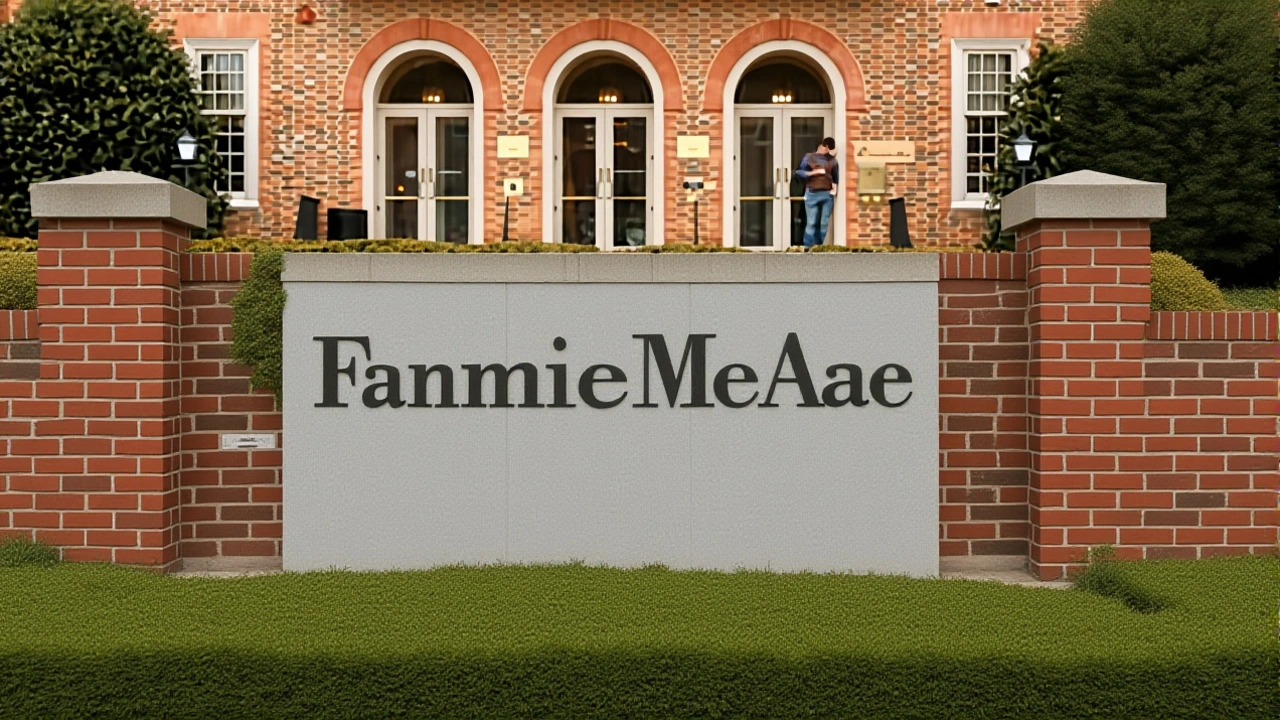Fannie Mae – the engine behind U.S. mortgage liquidity
When talking about Fannie Mae, a government‑sponsored enterprise (GSE) that purchases mortgages from lenders, pools them, and sells the pool as mortgage‑backed securities. Also known as Federal National Mortgage Association, it provides critical funding that keeps home‑loan markets moving even when bank balance sheets tighten. Fannie Mae works hand‑in‑hand with lenders, investors, and borrowers, creating a cycle where each party benefits.
Key players that surround Fannie Mae
One of the most visible pieces of the puzzle is mortgage‑backed securities, securities that bundle home loans into tradable assets for investors. By turning individual mortgages into securities, these instruments let capital flow back to banks, which can then issue new loans. Another central actor is the Federal Housing Finance Agency, the regulator that oversees Fannie Mae and its sister GSE, Freddie Mac. The FHFA sets capital standards, monitors risk, and steps in when market stress threatens stability.
These entities interact in a simple but powerful way: Fannie Mae buys qualified mortgages, packages them into mortgage‑backed securities, and sells the securities to investors; the FHFA ensures that the whole process follows safe‑guard rules. This chain means homebuyers can secure loans at competitive rates, banks keep their balance sheets healthy, and investors gain exposure to the housing market without owning a single house. The system also cushions the economy during downturns because the GSE’s backing reassures lenders that funds will be available even when credit tightens.
In practice, the impact shows up every time a family signs a purchase agreement. The lender checks the loan with Fannie Mae's eligibility guidelines, the loan gets sold, and the seller receives cash quickly. Meanwhile, investors buying the mortgage‑backed securities receive regular payments tied to borrowers’ mortgage repayments. Recent interest‑rate hikes have pushed many lenders to lean even more on the GSE for liquidity, highlighting why the FHFA’s oversight remains crucial. Whether you’re a first‑time buyer, a seasoned investor, or a policy watcher, understanding this ecosystem helps you see why housing finance stays resilient.
Below you’ll find a curated set of articles that dig deeper into each piece of the puzzle – from the nitty‑gritty of Fannie Mae’s underwriting standards to the latest moves by the FHFA and the role of mortgage‑backed securities in today’s market. Explore the collection to see how these forces shape the home‑buying experience and the broader economy.
FHFA Orders Fannie Mae, Freddie Mac to Weigh Crypto Holdings in Mortgage Reserves
FHFA director William J. Pulte orders Fannie Mae and Freddie Mac to allow crypto holdings on regulated exchanges as mortgage reserves, aiming to broaden home‑loan access for digital‑asset investors.
View more